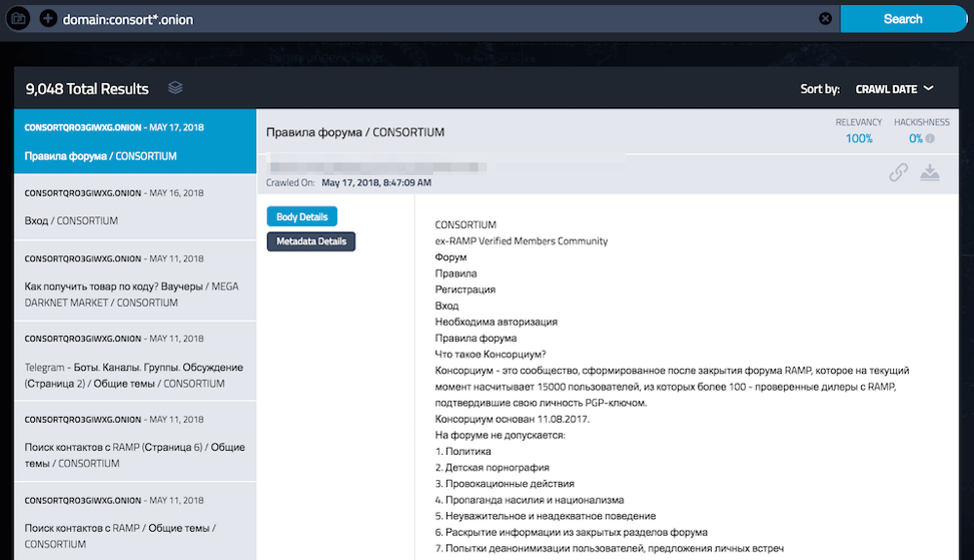Factors affecting Storm Drainage System
Flood significance and its occurrence is highly dependent on environmental and topographical conditions at project site. Intensity of rainfall and maximum daily rainfall may be less if there is uniform distribution of annual and seasonal rainfall throughout the year and season. Lower rainfall intensity or lower daily rainfall minimizes the risk of flooding. Irrespective of rainfall distribution, there may historical peak intensity rainfall, cloudburst, etc. which may lead to significant flooding.
Site topography i.e. direction and significance of land gradient, water bodies in or near by project site, shallow ground water table, soil permeability, land cover etc. also have great influence on flooding and the inundated area. Shallow ground water minimizes the rate if infiltration and increases the time of wetness. Non cohesive soil shall have higher rate if infiltration, whereas cohesive soil shall retain the water. Vegetation may delay the runoff water to reach to the waterbody from the furthest point of rainfall. Runoff water may evaporate slowly if the temperature is low and humidity is higher. The most important factor that influences the flooding is direction and magnitude of land gradient.
Low lying site- If the site is low lying i.e. ground adjacent to all around the project site is at higher elevation and sloping towards the site, then entire runoff water from the adjacent area may accumulate to project site. In such case, depth of flooding may be significant, if the elevation difference between the site and adjacent ground is significant, whereas inundated area may be significant, if the elevation difference between the site and adjacent ground is less. Higher flood depth may have direct impact on power generation within short time, whereas higher in-undated area may lead to operating revenue loss. This impact may be slowly and may take few months or years.
Uniform outward slope– Runoff water may drain efficiently by gravity if the ground has uniform outward slope (i.e. slope towards the boundary) all around the project boundary or at least in one direction.
Highly mild slope or flat ground- Ground in and around the project site may have mild slope or flat. In such case, external runoff may not enter significantly into the project site. Due to flat land, there may not be defined flow path and therefore, there may not be natural streams exist at such site.
Steep gradient land in and around the project site– There may be site with steep gradient land in and around the project site. Runoff water flows rapidly on steep gradient land. If the project site has huge external catchment area, then significant runoff may reach to the project site in short duration. As the site land has steep gradient, flood depth may not be significant and wetness time may be less. However, flow velocity may be high which may erode the soil around the foundation. Higher flow velocity may also damage the road and may bring significant silt from the external catchment to project site.
Steep gradient land around the project site (i.e. in the external catchment area), but mild gradient land in project site-
If the external catchment is huge in area and has steep slope, but the project site land has mild slope, then the rate of runoff water entering into the site may be higher than the rate of runoff water discharging outside the project site. Therefore, flood depth at project site may be significant and wetness time may also be higher.
























